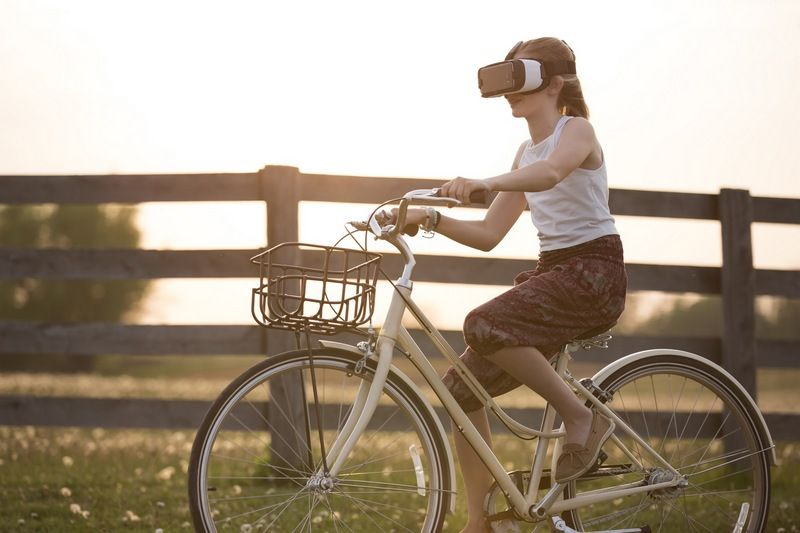Google Earth VR: Adding an Exciting New Dimension to Travel
By Tomahawk on
It’s much like a scene from a sci-fi movie. Pull down the VR system over your eyes and experience virtual travel like you’ve never seen before. Feel the scale of the Eiffel Tower against the backdrop of the glistening arrondissements of Paris or cast the golden glow of sunrise on the Florence Cathedral in Italy.

What started as an effort to help people anywhere in the world explore the rest of the planet ten years ago, has gone through many leaps and bounds over the years. Google Earth currently has over 2 billion downloads and hundreds of realistic 3D renderings of major landmarks. Today, Google is introducing a whole new way to see the world.
The virtual reality version is now available for free on the HTC Vive, letting anyone with the device hover over their dream destinations and interact with landmarks in the comfort of their own home. Google plans to expand compatibility with other headsets in the future.
The implications for the tourism and travel industry are boundless. Imagine being a local operator and offering a preview of your tours with this new app. You could use it in the same way you would embed Google Maps in your website, but with far better results. It’s a fantastic opportunity to get potential clients excited about the visit, letting them virtually and emotionally connect with the experience even before it happens.
“Earth VR comes with cinematic tours and hand-picked destinations that send you to the Amazon River, the Manhattan skyline, the Grand Canyon, the Swiss Alps, and more,” according to Google Earth VR product manager Mike Podwal in his blog post.
Google Earth has a coverage of 196.9 million square miles of reconstructed geographical topography. This can make it easier for people to find great places to visit. Those who are still daydreaming about travel can make faster, better and more informed decisions when it comes to choosing places to visit. For instance, if a guest wants to book a hotel in a certain city, a quick look through Earth VR can give him an overview of the neighborhood and if this is the right place to stay in. It takes out the guesswork of whether or not your chosen accommodation is in a redlight district or if it is too far from public transport options.
One thing to note, while virtual reality can offer amazing views, it’s no substitute for the experience of travelling. If anything, this kind of technology is a great way to bolster the industry, inspiring and enticing travelers to take a step closer to the end of the purchase cycle.
Google Earth VR is definitely worth looking into for travel industry operators. Well, truth be told, early adoption of Google technologies always yield positive results for businesses – more so in the travel space than other industries.
Read more articles
10 SEO Hidden Secrets You Probably Haven't Thought Of
By Tomahawk |

Everyone knows the basics of SEO: use keywords, write great content, get backlinks, keep your site speedy. But what about the less obvious stuff? Those subtle signals that can give your website a quiet nudge up the rankings while...
New Ways Travellers Plan & Book: From AI to Social Search
By Tomahawk |
Definition of a Search Engine
As AI and social media has evolved, “search engine” no longer just means Google. The definition of a search engine is now about how travellers find trust, inspiration, and the confidence to...

